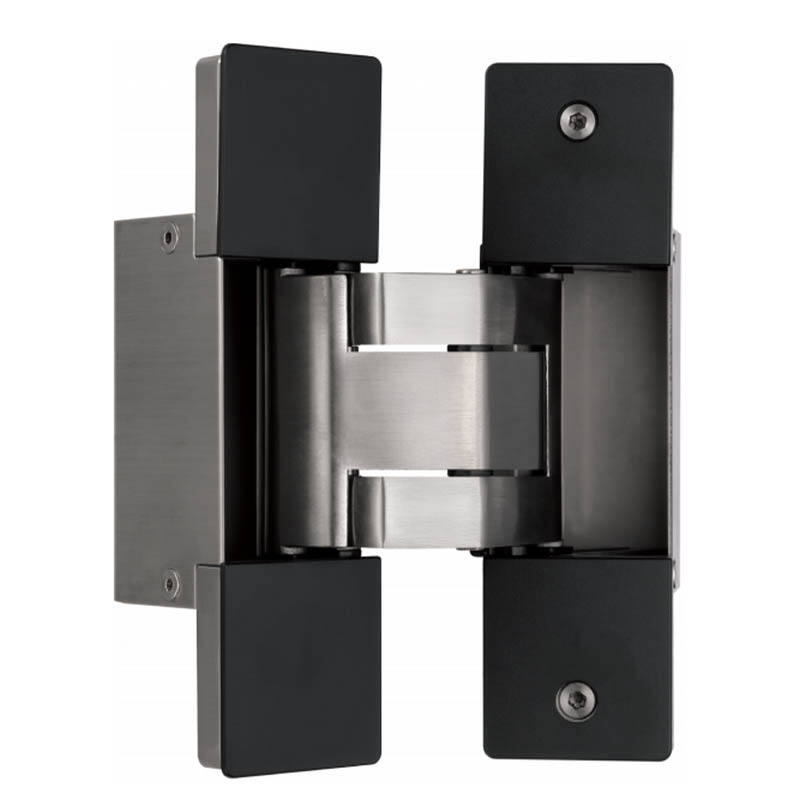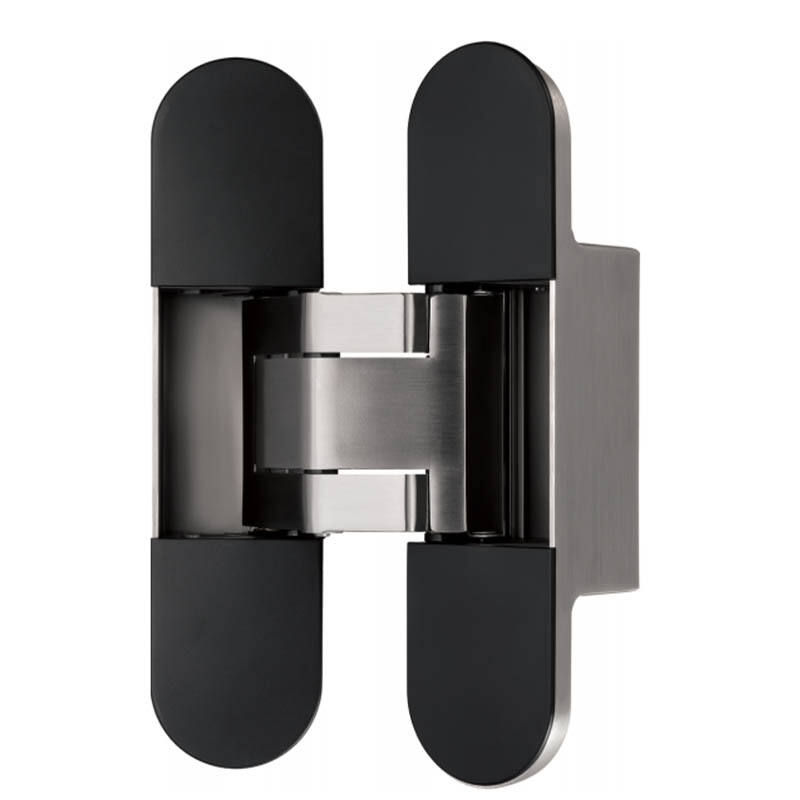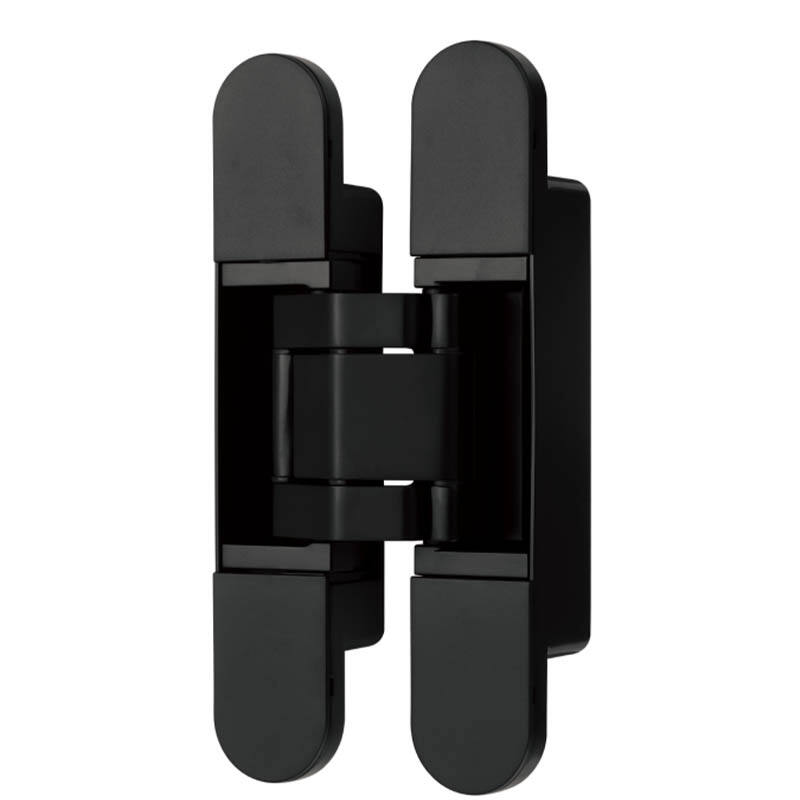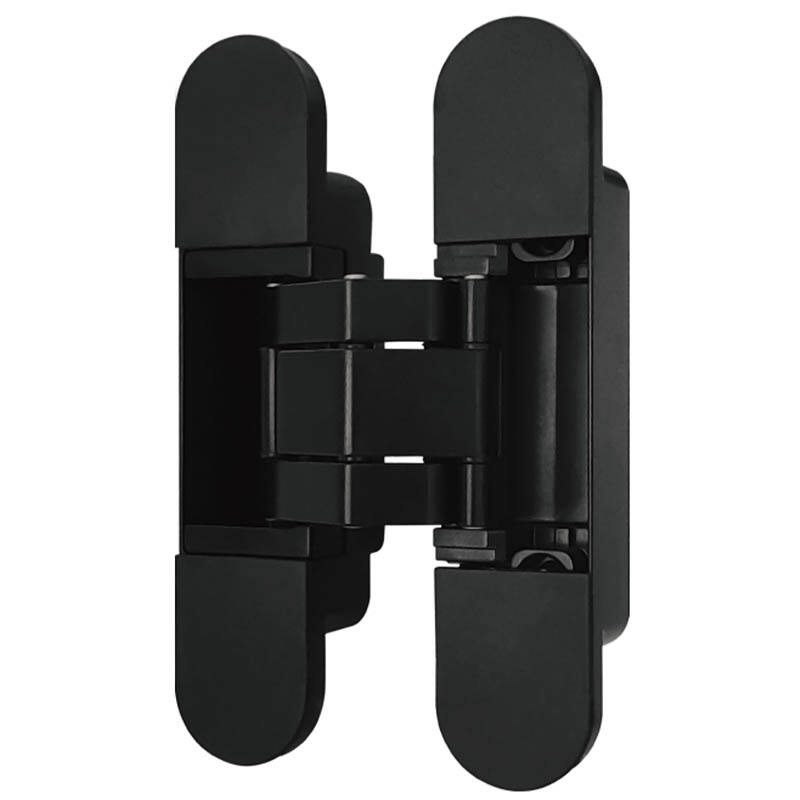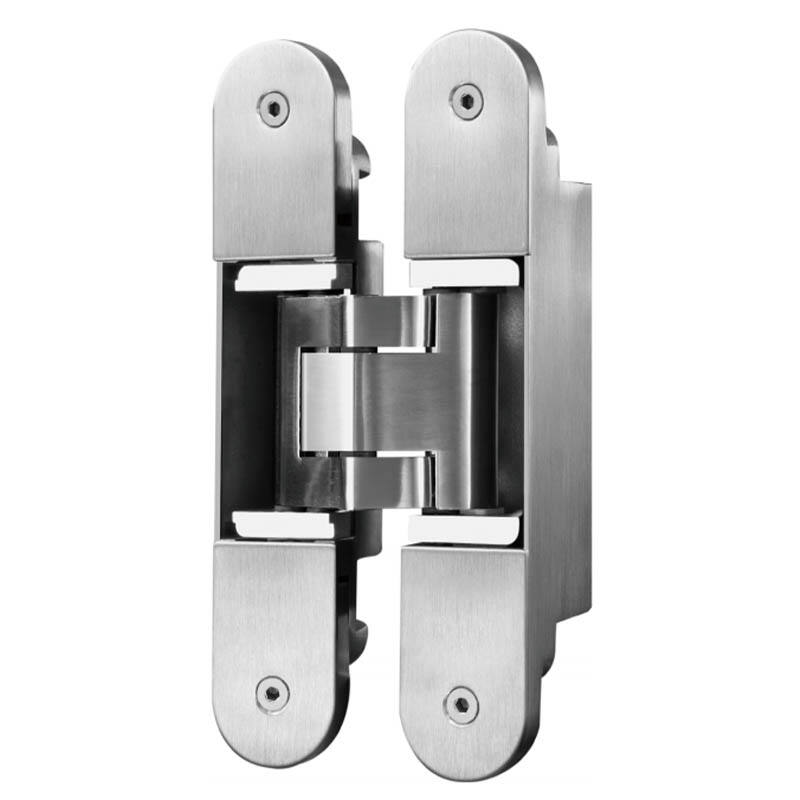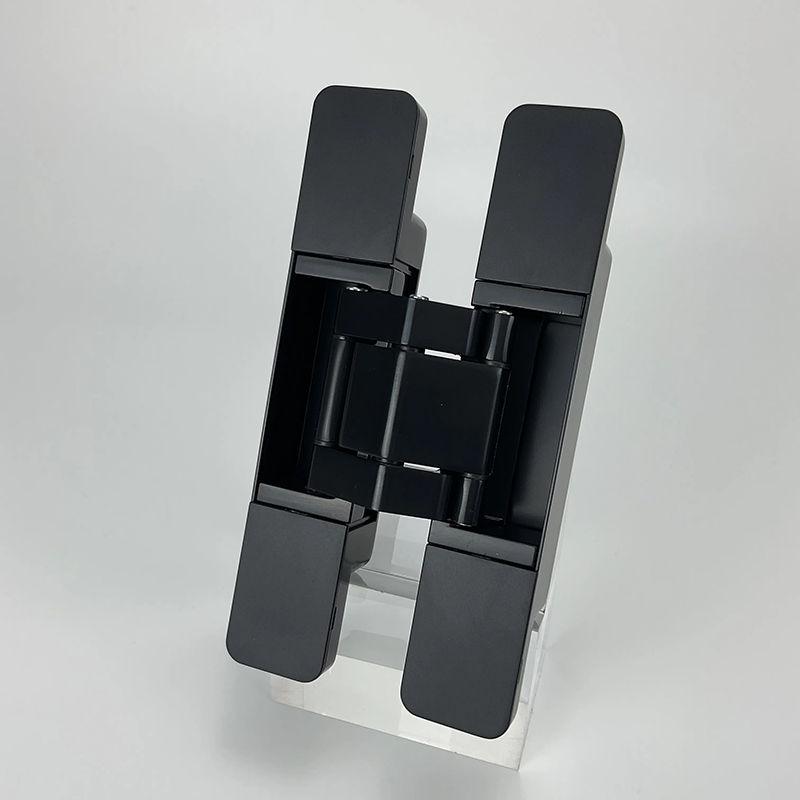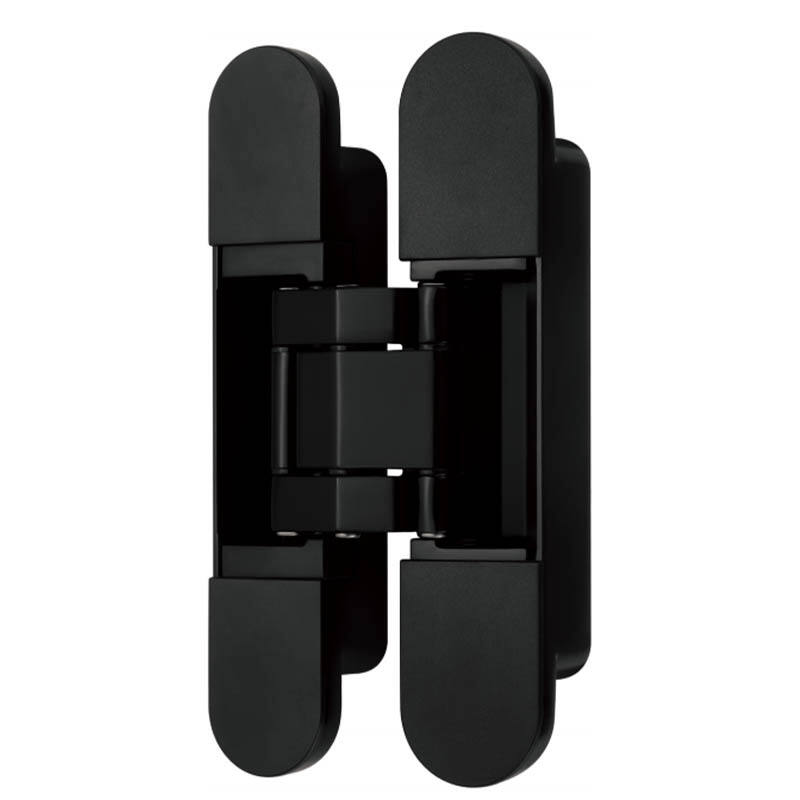How to maintain hinges? Tips to extend service life
Understanding Hinges: Types and Their Functionality
Hinges are mechanical devices essential for enabling the pivoting motion of two parts relative to each other. They are widely used in doors, cabinets, and gates, providing the necessary support and flexibility. The primary purpose of a hinge is to ensure that two connected parts can move smoothly, thus facilitating opening and closing actions.
Different types of hinges serve various functions and designs. Butt hinges are common in doors, offering simple installation and reliability. Continuous hinges, or piano hinges, provide full-length support, ideal for long panels and heavy doors. Concealed hinges are often used in cabinetry to maintain a clean appearance by hiding the mechanism within the door panel. Pivot hinges allow doors to rotate from a central point, offering more flexibility in movement.
Invisible hinges provide an aesthetic advantage in modern design by remaining entirely hidden from view when the door is closed. Their design ensures a sleek and uninterrupted surface, maintaining a contemporary style without visible hardware.
Adjustable hinges have several advantages, including ease of installation and the ability to fine-tune door alignment over time. This adjustability is particularly useful in settings where door alignment is crucial, such as in precision equipment or high-traffic commercial environments. They reduce the need for frequent maintenance by allowing for quick adjustments to maintain optimal door function.
How to Maintain Hinges for Longer Service Life
Maintaining hinges properly is crucial for ensuring their longevity and continued functionality. Regular inspections are essential to monitor the condition of hinges and prevent premature wear. By checking for misalignment, corrosion, or any other irregularities, you can identify potential problems early and avoid significant repair or replacement costs later on.
Cleaning and lubricating hinges are vital steps in maintenance. Using the right tools can make this process efficient and effective. A soft cloth or brush can be used to remove dust and debris without scratching the surface, while specific lubricants like silicone spray or grease keep the hinges operating smoothly. Silicone spray is especially beneficial for its moisture-resistant properties, making it ideal for areas prone to humidity.
Selecting the appropriate tools and products can greatly enhance hinge maintenance. For lubrication, silicone spray is advised due to its non-greasy finish which doesn't attract dirt, while lithium grease is preferred for heavy-duty applications requiring concealed door hinges heavy duty. It's important to apply these lubricants carefully to prevent over-application, which can lead to dirt accumulation and eventually hinder functional efficiency. Regular maintenance, appropriate cleaning techniques, and using the right lubricants can significantly prolong the service life of your hinges.
The Role of Lubrication in Extending Hinge Durability
Proper lubrication plays a pivotal role in extending the durability of hinges, ensuring their smooth and long-lasting operation. Selecting the right lubricant is crucial as it can significantly affect hinge longevity. Experts recommend using silicone-based lubricants or high-quality machine oil for various hinge types, such as concealed or heavy-duty hidden hinges. These lubricants offer superior protection against wear and corrosion, thus enhancing the lifespan of hinges.
To lubricate hinges effectively, follow these steps. First, ensure the hinge is clean and free of dirt or debris. Apply a small amount of lubricant to the hinge's moving parts, focusing on the hinge pin and pivot points. Open and close the door several times to distribute the lubricant evenly across the hinge mechanism. This should be done regularly, approximately twice a year or whenever you notice the hinges squeaking or moving stiffly.
Avoid common lubrication mistakes to ensure effective maintenance. Over-applying lubricant can attract dust and cause build-up, leading to mechanical issues. Using the wrong type of lubricant, such as WD-40, can also result in inadequate protection. Being mindful of these issues can help maintain hinge functionality and prolong their service life.
Adjusting Hinges for Optimal Performance
Recognizing signs of hinge misalignment in doors is crucial for maintaining optimal performance. Common indicators include visible gaps between the door and frame, sticking when opening or closing, and unusual noises such as squeaking or creaking. These symptoms suggest that the door is not properly aligned, which may lead to excessive wear on both the door and the hinges.
To adjust hinges for accurate alignment, follow a clear, systematic approach. Start by identifying which hinges need adjustment. For standard hinges, slightly loosen the screws, adjust the door position, and retighten. In the case of adjustable hinges, use the built-in feature to fine-tune the hinge position until the door sits flush within the frame. This method ensures a seamless door operation and prevents any further misalignment issues.
Adjustable hinges, such as invisible or concealed adjustable hinges, provide enhanced functionality by allowing precise adjustments. These hinges are particularly beneficial as they allow for efficient realignment without removing the door. This capability not only saves time but ensures that any discrepancies in alignment are quickly resolved, maintaining the door's smooth operation.
When to Replace Hinges: Signs You Should Not Ignore
Recognizing the signs of worn or damaged hinges is crucial for maintaining door functionality and safety. Physical indicators such as rust, cracks, or sagging doors often signal that it's time to consider hinge replacement. Operational signs include excessive movement, persistent squeaking, and difficulty in smoothly opening or closing doors. Ignoring these signs may lead to further damage, including misaligned doors, which can compromise safety.
When selecting replacement hinges, it's important to consider factors such as material, weight ratings, and compatibility with existing structures. High-quality materials like stainless steel or coated aluminum provide durability and resistance to environmental conditions, especially in corrosive environments. Additionally, ensuring the hinge is compatible with the door’s weight and usage is essential for maintaining optimal performance and longevity.
For areas requiring more robust solutions, exploring heavy-duty hidden hinges can be beneficial. These hinges offer enhanced durability and can support heavier loads, making them suitable for industrial applications. Their concealed design not only supports the door's aesthetics but also contributes to its structural integrity, enhancing overall door durability.
Enhancing Hinge Lifespan Through Best Practices
Hinges are pivotal components in door structures, and their longevity can be significantly enhanced through careful practices. Avoid using harsh chemicals on hinges as they can lead to corrosion and degradation of materials. Cleaning agents that are too aggressive may strip away protective coatings, exposing the hinges to rust and breakage. By using mild, non-abrasive cleaners, you preserve the integrity and functionality of your hinges.
Establishing a regular maintenance schedule is equally vital for keeping hinges in optimal condition. This includes periodic inspections to ensure that hinges remain functional and securely attached. Routine lubrication and tightening of screws help prevent issues such as squeaking, sticking, or misalignment. Consistent maintenance routines contribute to a seamless functioning of doors and extend the life of the hardware.
Consider upgrading to concealed adjustable hinges for enhanced aesthetic appeal and functionality. These hinges not only provide a sleeker, more modern appearance by hiding the hardware but also offer improved adjustability for precise alignment. Concealed adjustable hinges contribute to a quieter, more efficient door operation, making them an ideal investment for both residential and commercial properties.
Benefits of Properly Maintained Hinges
Proper maintenance of hinges is crucial for enhancing door functionality and security. By ensuring that hinges are well-oiled and correctly aligned, doors open and close smoothly, reducing the likelihood of forced entry. This correlation between maintenance and door longevity is supported by various industry studies that show how regular upkeep can extend the lifespan of doors significantly. Additionally, maintaining hinges is cost-effective compared to frequent replacements, saving homeowners from the expenses associated with premature door and hinge failure. Prioritizing hinge care ensures both financial savings and enhanced security at home.
Recommended Products
Hot News
-
Hidden Hinges: The Invisible Solution for Seamless Design
2024-11-08
-
The Advantages of Alloy Concealed Hinges in Modern Architecture
2024-11-04
-
Shedding water in the big river, struggling to break the waves----Jibang Group's 2024-2026 business goals and 2024 annual business plan meeting was successfully held
2024-01-22
-
The wind is strong and the sails are sailing. It is the right time to work hard.
2024-01-22
-
The company established a special project team and discussed different technical issues with foreign engineers
2024-01-22
-
Endless Learning Empowers Development -- Establishment of Jibang College and Launching of Guanggong Jiban Metal Materials Class
2024-03-22

 EN
EN
 AR
AR
 HR
HR
 CS
CS
 DA
DA
 NL
NL
 FI
FI
 FR
FR
 DE
DE
 EL
EL
 HI
HI
 IT
IT
 KO
KO
 NO
NO
 PL
PL
 PT
PT
 RO
RO
 RU
RU
 ES
ES
 SV
SV
 TL
TL
 IW
IW
 ID
ID
 LV
LV
 LT
LT
 SR
SR
 SK
SK
 SL
SL
 VI
VI
 SQ
SQ
 ET
ET
 HU
HU
 TH
TH
 TR
TR
 MS
MS
 IS
IS
 LA
LA
 KK
KK
 UZ
UZ
 KY
KY

